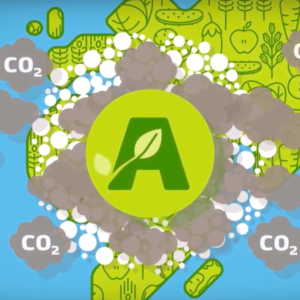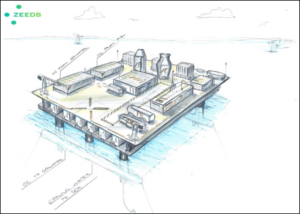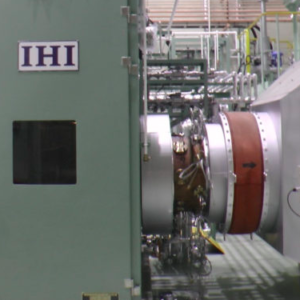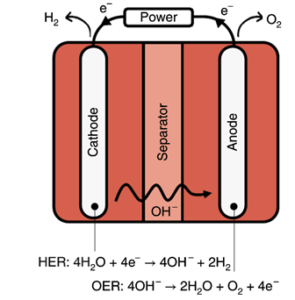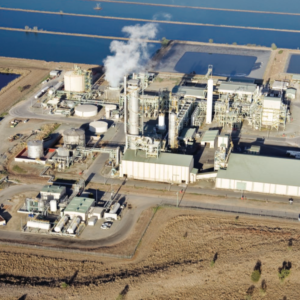The mining industry: a driving force behind green ammonia
ANNUAL REVIEW 2019: Ammonia is too often assumed to be only a fertilizer. This assumption overlooks other important uses for the chemical, large and small, in every corner of our economy. Some of the recent green ammonia announcements suggest that these other industries might, in fact, present better economic fundamentals for green ammonia investments than the fertilizer industry. Alternatively, these companies might have set their sights on becoming first movers in developing the commodities of the future. Time will tell but, if the last 12 months is any guide, the mining industry could be a force for change in the ammonia industry.


